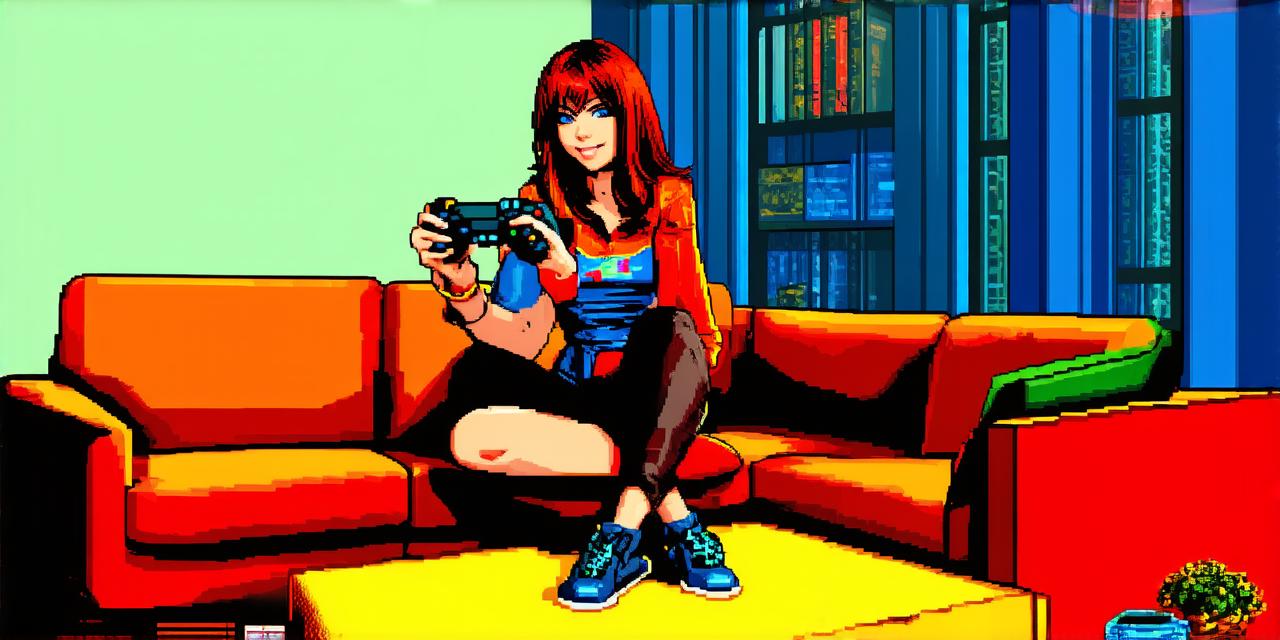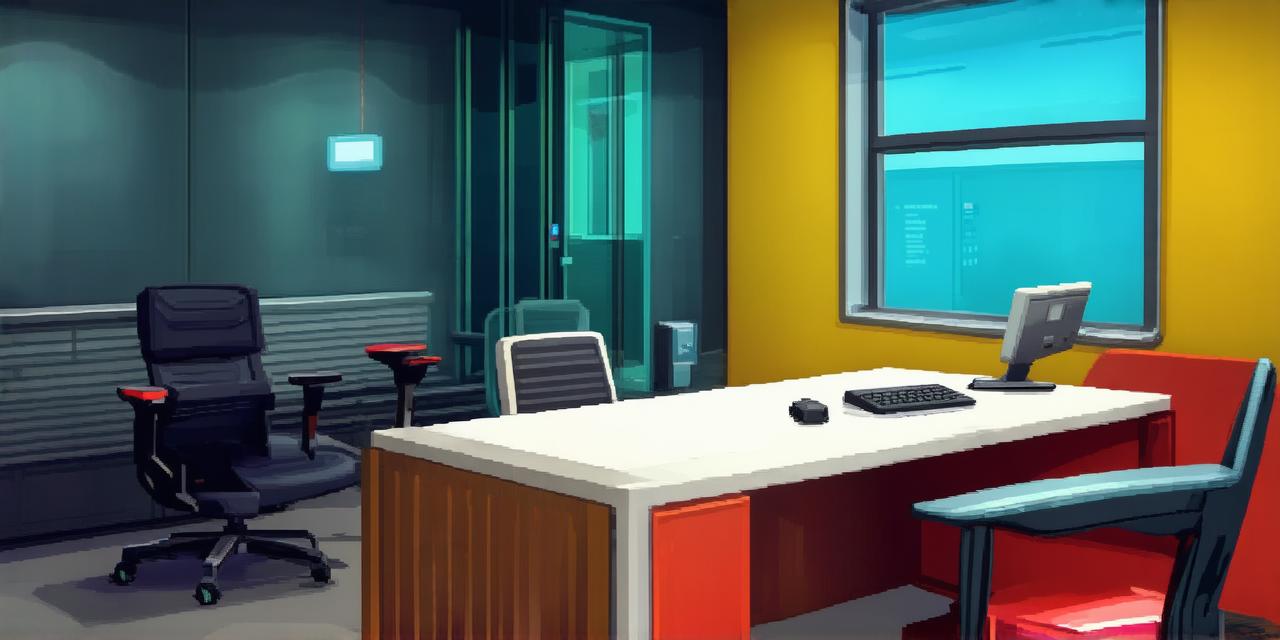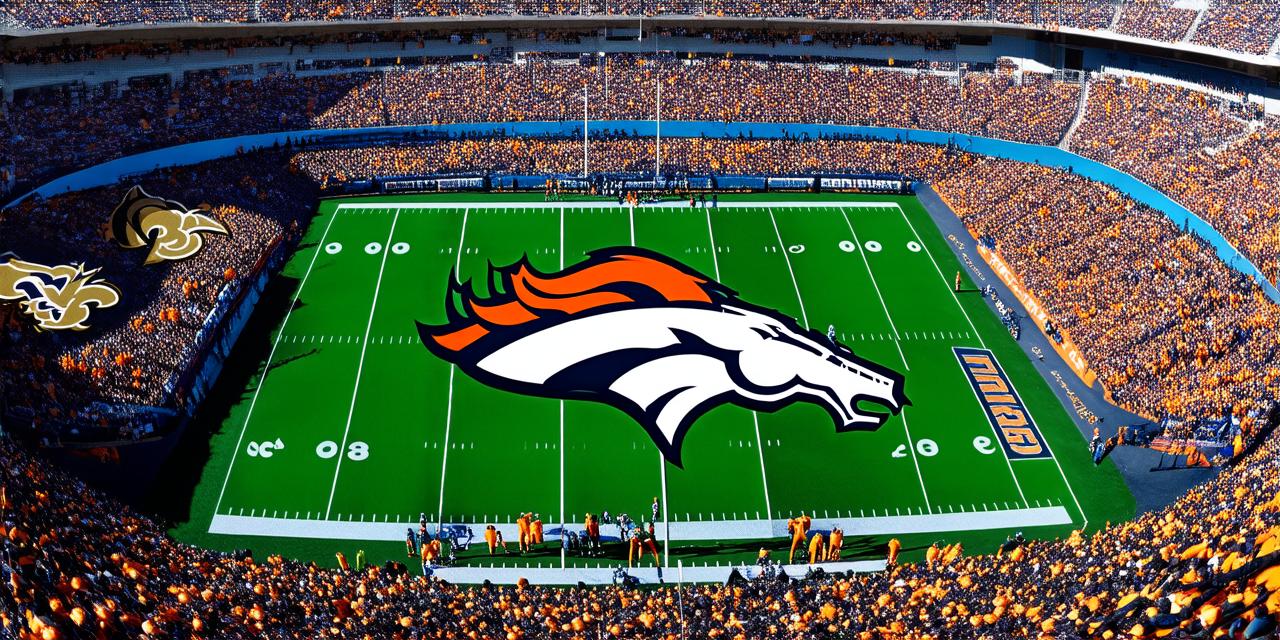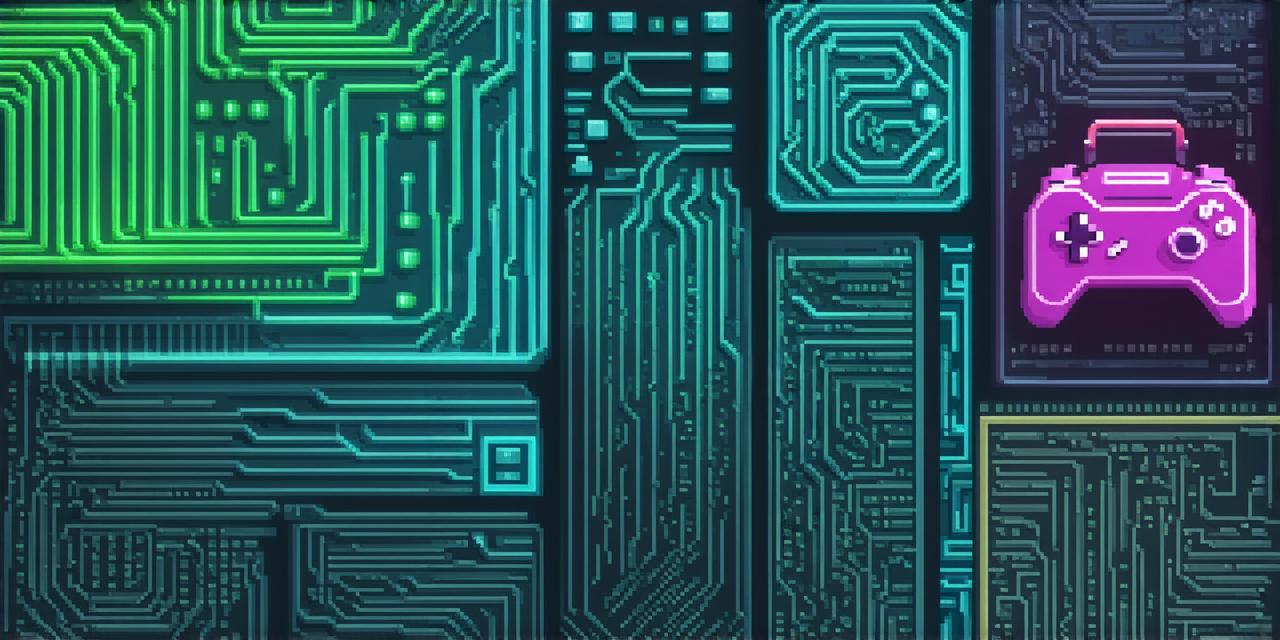Creating video game characters is an essential aspect of the development process. These characters bring a game to life with their unique appearances and personalities, making them a vital component of any video game. Drawing video game characters can be both challenging and rewarding, especially for those looking to create stunning visuals that will captivate players.
Step 1: Understand Your Character Design Goals
The first step is to understand what you want to achieve with your character. What kind of personality and emotions do you want to convey through your character’s design? Are you looking to create a realistic, photorealistic character, or do you want to go for a more stylized, cartoony look? These are all important questions that will help guide your drawing process.
For example, if you’re creating a character for a horror game, you might want to create a character with a sinister appearance that will scare players. On the other hand, if you’re creating a character for an action-packed game, you might want to create a character with a more dynamic and athletic appearance.
Step 2: Gather Reference Material
Once you have a clear idea of what you want to achieve with your character, it’s time to gather reference material. This could include drawings, photographs, or even live models to help you get a better understanding of how different body types and poses look in real life. By gathering as much reference material as possible, you’ll be able to create a more realistic and believable character.
For instance, if you’re creating a humanoid character, you might want to gather reference images of people with different body types, skin tones, and facial features. You could also study the way muscles and bones work in the human body to create a more realistic character.
Step 3: Create a Basic Sketch
The next step is to create a basic sketch of your character. This doesn’t have to be perfect – it’s just a rough idea of how your character will look. Start by drawing the basic shape of your character’s body, then move on to adding details such as arms, legs, and facial features. Don’t worry about getting everything perfect on the first try – you can always make adjustments later.

For example, if you’re creating a humanoid character with a muscular build, you might want to start by drawing the basic shape of their body, then add in details such as their shoulders, chest, and abs. You could also sketch out their arms and legs to give yourself a better idea of how they will move.
Step 4: Refine Your Sketch
Once you have a basic sketch of your character, it’s time to refine it. This involves adding more details and making sure that your character’s proportions are correct. Pay close attention to the placement of your character’s eyes, nose, and mouth, as well as the overall shape of their face. You may also want to add some shading or highlights to help your character look more three-dimensional.
For example, if you’re creating a character with a realistic appearance, you might want to pay close attention to the placement of their eyes and nose to ensure that they look natural and believable. You could also add in details such as wrinkles and blemishes to make your character more human-like.
Step 5: Add Textures and Details
Now that you have a solid sketch of your character, it’s time to start adding textures and details. This involves using different tools and techniques to create the appearance of skin, hair, clothing, and other materials. You can use brushes, pencils, or even digital tools to create these effects.
For instance, if you’re creating a character for an action game, you might want to add textures such as dirt and sweat to show that they’ve been through rough battles. You could also add details such as tattoos, scars, and other accessories to make your character more unique and interesting.
Step 6: Add Movement and Expression
Finally, it’s essential to add movement and expression to your character’s poses and facial expressions. This can help convey the personality and emotions of your character. For example, if your character is angry, you might want to create a pose that shows them clenching their fists or raising their eyebrows.
For instance, if you’re creating a character for an action game, you might want to add dynamic poses such as jumping or running to show their athleticism. You could also add expressions such as surprise, anger, or joy to convey the emotions of your character.
In conclusion, drawing video game characters can be a challenging and rewarding task for developers looking to bring their creations to life with stunning visuals. With the right tools and techniques, anyone can create beautiful and believable characters that will captivate players. By following these simple steps and avoiding common mistakes, you’ll be on your way to creating stunning visuals for your video game.



